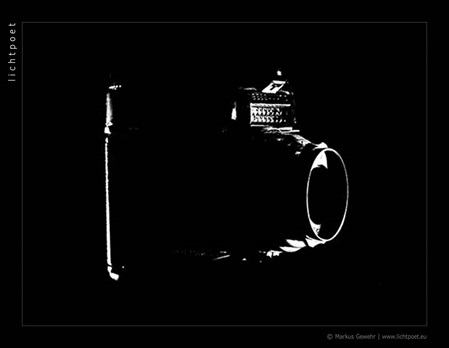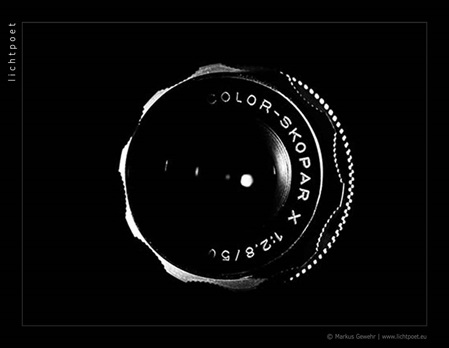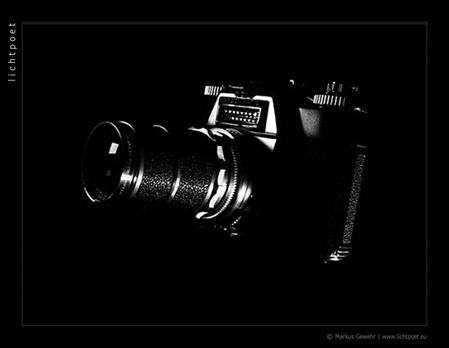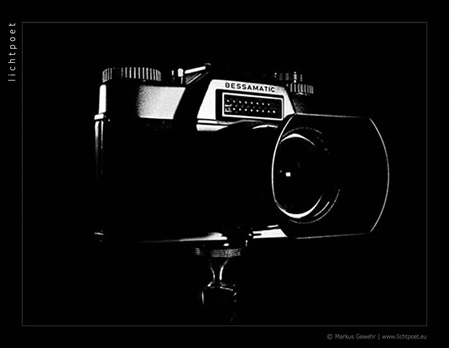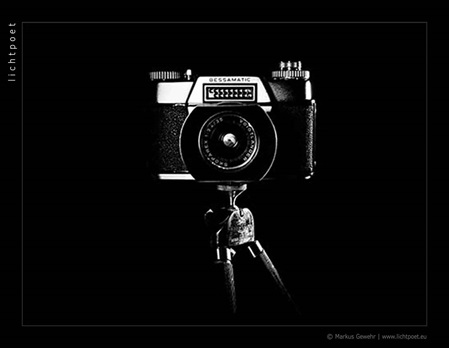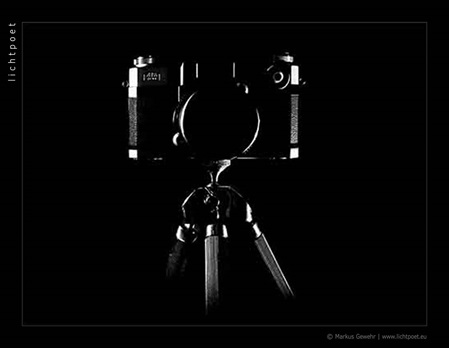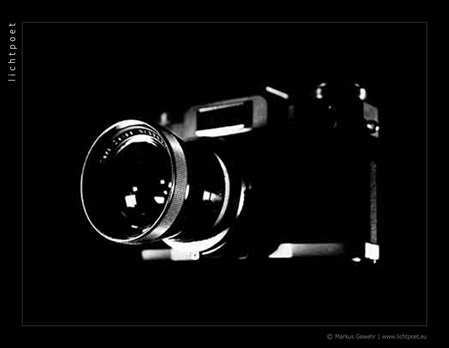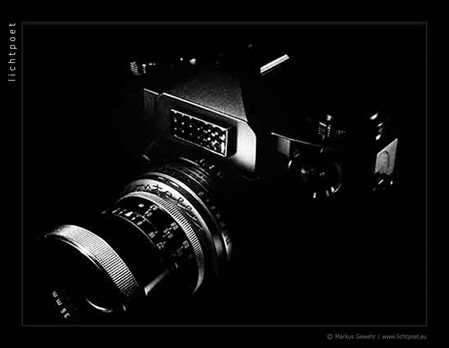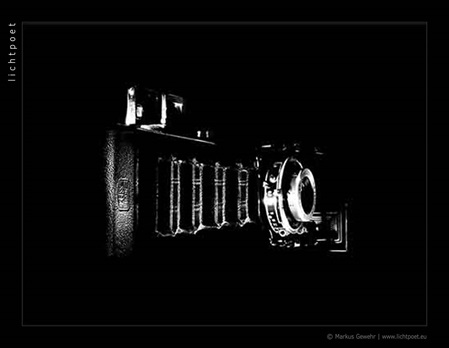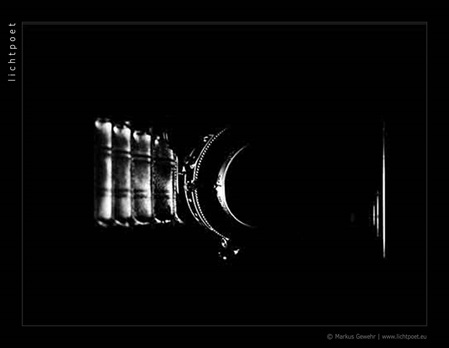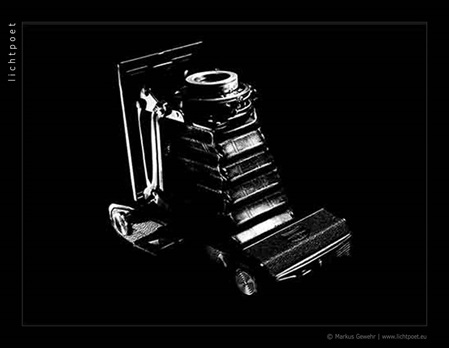My analogue story
May 18th, 2025
Next year marks the 200th anniversary of the first photograph: In 1826, Joseph Nicéphore Niépce captured the first successful image, titled “Point de vue du Gras” (also known as “La cour du domaine du Gras”, or, in English “View from the Window at Le Gras”), taken from a window of his home in the Le Gras estate in Saint-Loup-de-Varennes, France.
Building on earlier scientific discoveries in the 18th century - such as those by Johann Heinrich Schulze and Carl Wilhelm Scheele, who found that certain chemical substances react to light - further developments led to light-sensitive materials suitable for photography. Niépce used a tin plate coated with light-sensitive bitumen for his image. He called this method heliography, and it required an exposure time of several hours, likely eight or more. It was a groundbreaking and absolutely remarkable invention.
I’ll celebrate this important anniversary in 2026 with my analogue photography project 😊. Please read the project introduction to learn more about my ideas and motivation.
As a first step, I intend to test various analogue cameras. The first one I have just started to use is something very special to me: it was manufactured in my year of birth! I spent quite some time looking for the right model and finally found the perfect match—a Voigtländer Bessamatic deLuxe.
The Bessamatic series was produced between 1958 and 1969. It began with the original Bessamatic, followed by the deLuxe version, and later the Bessamatic CS. The body is solidly built, entirely made of metal, and known for its high-quality construction. One of its key features is the Synchro-Compur leaf shutter, manufactured by F. Deckel in Munich, Germany. The shutter is placed as a double set of aperture blades directly behind the main aperture diaphragm. Interestingly, the mirror doesn’t return automatically after taking a shot - it resets only when advancing the film. The camera also includes a selenium light meter, a Fresnel focusing screen with a central split-image, and a microprism collar for precise manual focusing. Overall, the Voigtländer Bessamatic is a historically significant 35mm SLR system. It uses interchangeable lenses with the DKL bayonet mount (called “Standard German Bayonet”). Voigtländer was renowned at the time for its exceptional optics. In fact, their lenses were among the first to be mathematically calculated. My camera came with several iconic lenses, including the Color-Skopar 50mm, the Skoparex 35mm, and the Super-Dynarex 135mm.
According to the serial number, the body is one of the last deLuxe models produced. I’m really looking forward to using it and to comparing the experiences with my earlier work with my analogue Cosina camera.
More updates and insights will follow soon - please keep an eye out.June 15th, 2025
The first rolls of film are shot (though not yet developed), and I’m very curious to see how they turn out. While I plan to develop the films by myself at a later stage of my project, I let these films developed by a professional lab. After that, I’ll digitize the negatives myself using a Reflecta RPS 10M film scanner.
However, I’ve gained already my first hands-on experiences. Shooting with an old-fashioned camera turned out to be more challenging than I initially expected. I definitely miss some features of modern equipment - but it is also a lot of fun 😊 and it’s a great experience to adapt to the limitations of vintage photography. I’ll share my experiences soon.
Stay tuned!July 27th, 2025
Now it’s time to share some of my first experiences with the Voigtländer Bessamatic. I should mention that I used an analog Cosina camera during my teenage years and developed black-and-white films myself, including producing paper prints in my father’s darkroom in the basement of our house (which still exists!), therefore I can compare these new experiences with those from the past.
The camera and all of the lenses are working well. Even the light meter still works accurately — which is quite remarkable after all these years (that’s not something to take for granted, as selenium-based photo cells tend to degrade over time, especially when exposed to constant light). Luckily, it seems this camera was stored properly in the dark.
Handling the equipment is easy. And the weight of the camera, honestly, it’s fantastic! Although it's quite heavy, you can really feel the quality craftsmanship. It fits perfectly in my hands, and the robust, all-metal build gives a sense of reliability. On top of that, the entire system is just beautiful: lots of gleaming chrome and polished silver surfaces, with a wonderful haptics. It always brings me joy to take the camera out of its case and start shooting. You see, I immediately get a bit romantic when I talk about the Bessamatic…
However, there are a few challenges compared to my modern digital cameras. What I miss most is a focal length wider than the 35mm of my Voigtländer Skoparex. I’ve always been a wide-angle photographer, and most of my images are taken in the 12-35mm range (on a full-frame 24x36mm sensor). So having a 24mm or 28mm lens in addition to the Skoparex would be ideal. Unfortunately, due to the technical design of the Bessamatic’s leaf shutter, it wasn’t possible to produce lenses with shorter focal lengths. But let’s see, I have some ideas for alternative cameras that might help me get around this limitation.
My second challenge is the viewfinder. As someone who wears glasses, it’s sometimes difficult for me to frame the image accurately. I may look into getting an external optical viewfinder, which is larger and brighter and can be mounted on the camera’s hot shoe.August, 9th, 2025
After several short photo tours with the Voigtländer Bessamatic, I realized how much I missed having a proper, original bag for it. Now, I finally have one: a beautiful brown leather case in classic vintage style, made specifically for the camera. Even better, it came with a larger matching brown original Voigtländer bag in perfect condition, spacious enough to hold the camera, three lenses, lens hoods, and filters.
The lens hoods and filters were included with the bags, which was a nice bonus. And as luck would have it, another bonus was a second Bessamatic - quite by chance 😉. It's the first version (not the deLuxe), produced around 1958, and doesn’t show aperture or shutter speed in the viewfinder.
Time for the next photo adventure…August 30th, 2025
Just a quick emotional note in between: I've fallen in love with analogue photography all over again!
And the Bessamatic won’t be the only film camera I’ll be exploring.
Hang tight - exciting things are on the horizon!September 27th, 2025
Now that I’m using a camera from Voigtländer, I also wanted to try a model from another major German analogue camera manufacturer: Zeiss Ikon. Initially, I was looking for a Contarex - especially the first Contarex model, which looks stunning with its iconic “bullseye” light meter. However, finding a fully functional camera at a reasonable price proved difficult, particularly because a model with a definitely working selenium light meter was difficult to find.
So, I decided to put that idea on hold and instead go for a Contaflex model with a working light meter. The Contaflex is also an SLR, but with a leaf shutter (Synchro-Compur) and a Contaflex proprietary lens bajonet mount (Contarex has a focal-plane shutter with different mount). The Contaflex was produced from 1952 to 1972 in several different versions.
I ended up getting a Contaflex Super with a built-in light meter, manufactured between 1959 and 1962. It came with two excellent Carl Zeiss Pro-Tessar lenses: a 50mm f/2.8 and a 35mm f/4. Like many other leaf shutter SLRs, the Contaflex does not use fully interchangeable lenses. Instead, only the front elements can be changed. The camera appears to be in great working condition, and even the light meter seems to function properly - but I’ll need to test it with real film before making any final judgments.
Looking forward to sharing more soon!October 16th, 2025
With the Voigtländer Bessamatic and the Zeiss Ikon Contaflex, I have now two 35mm film cameras. What I definitely also want to try are older cameras using 120 roll films. This film type was introduced by Kodak in 1901 as flexible alternative to replace rigid coated glass plates. Before being replaced by more convenient and cheaper 35mm film, the 120 roll films were used in many famous consumer cameras of that time and is nowadays still used in middle format cameras.
I have a very famous camera in mind, but I will start with another, more basic one, because I like the haptics and classic design of this type of camera as well as it’s really fully manual: A folding camera with a bellows mechanism between lens and film. I like this clever mechanical system that allows the camera to be compact when stored and then expanded for use.
I decided for a Zeiss Ikon Nettar 515/2, built between 1933 and 1951. This camera is really basic - no rangefinder, no scale focus, no light meter, no parallax correction (the viewfinder is really simple). And everything is purely manual: focusing (I need to estimate distance), exposure, film transport. But very compact, lightweight and made from high quality material (metal body and leather bellows).
The Nettar I got is built in 1949 according to the serial number and having a Novar-Anastigmat 105mm f/6.3 lense. I got it from the grandson of the first owner, so I really feel the history connected with it. And it’s in a perfect condition, it was obviously treated very well the last 76 years. A great classic mechanical feeling! I only have some concerns it may have developed light leaks over time, so let’s see what the first film will result in.
Keeping you posted.

